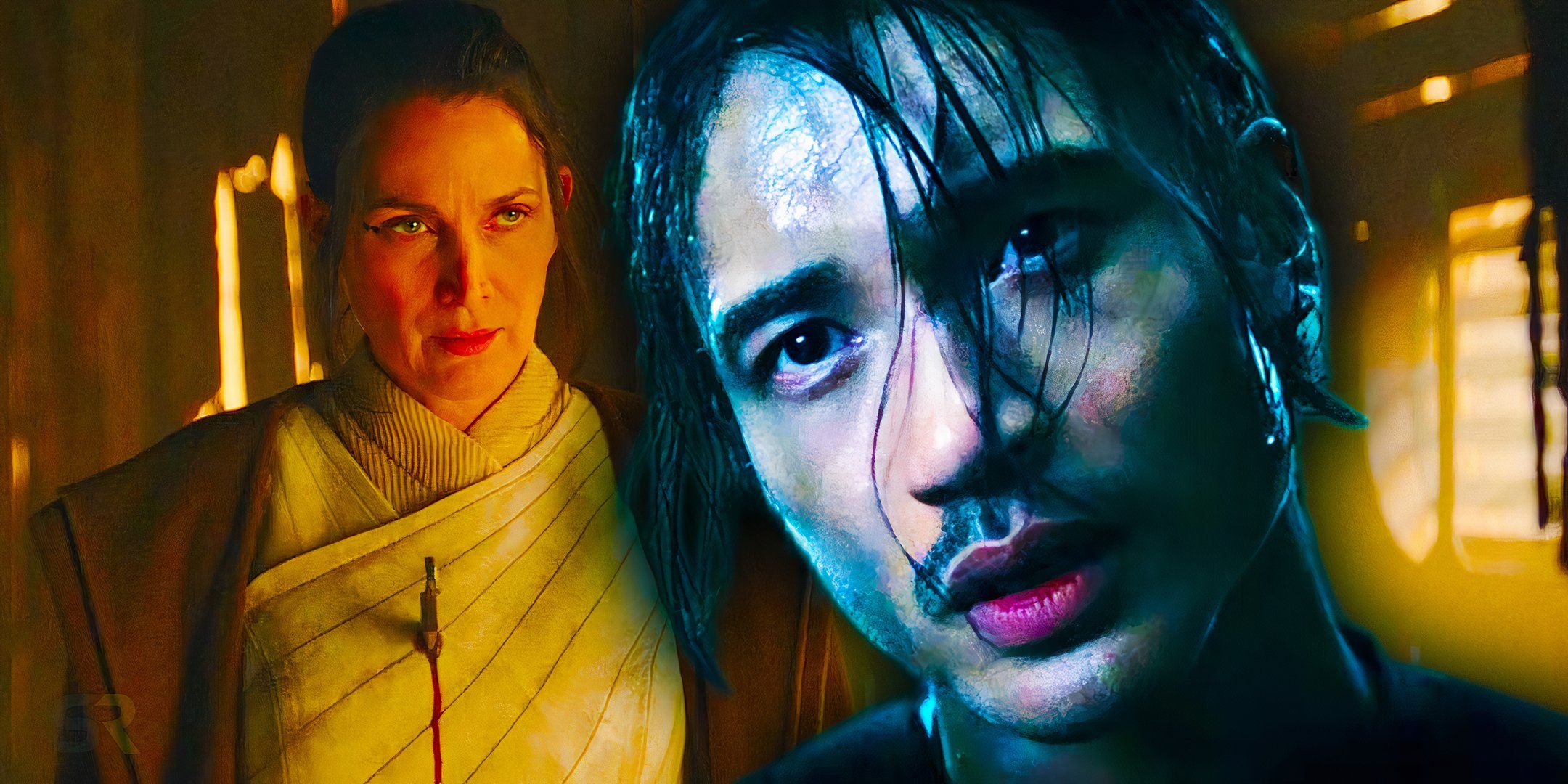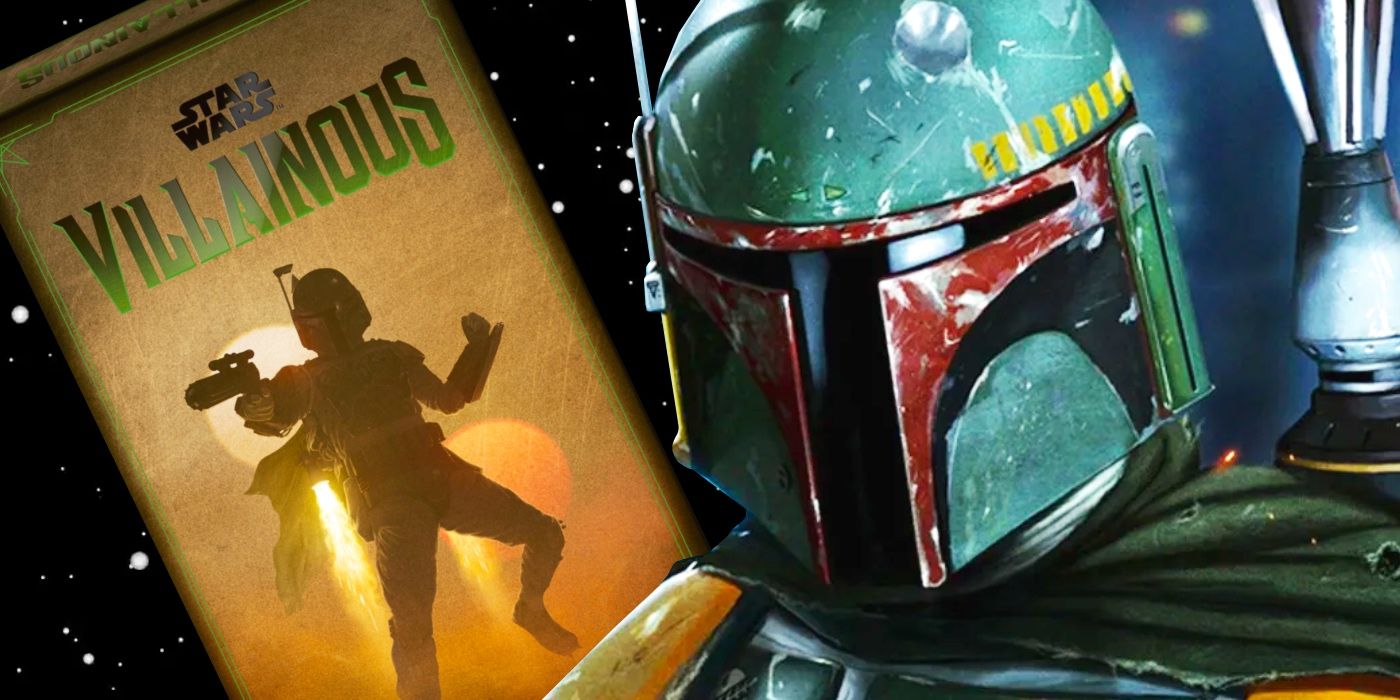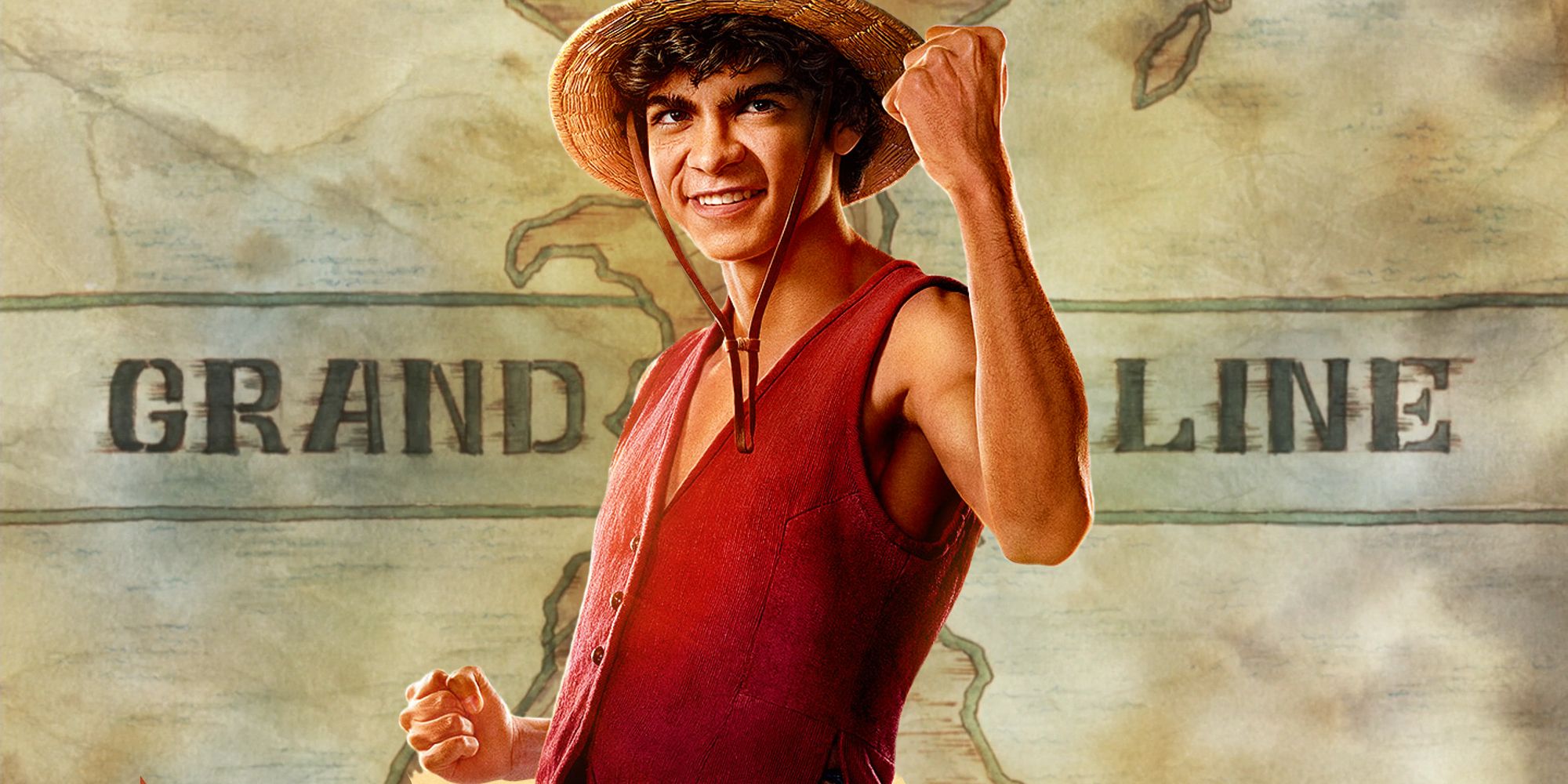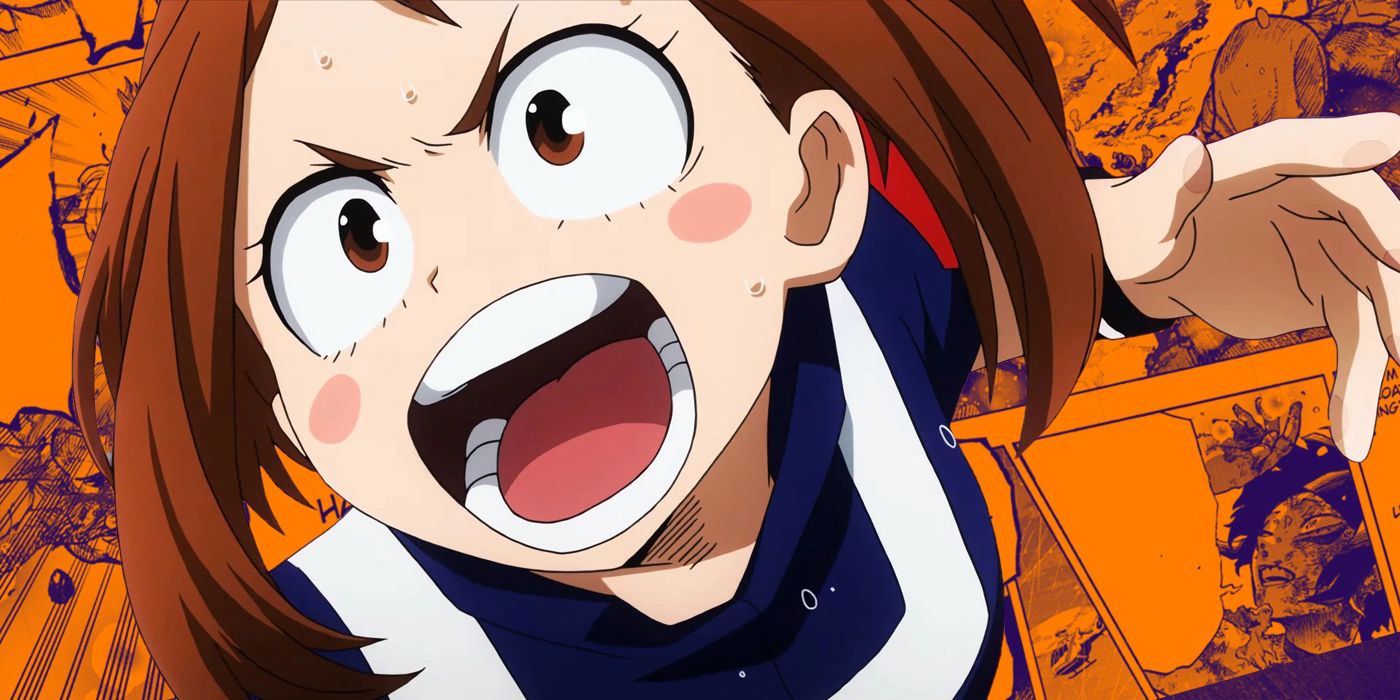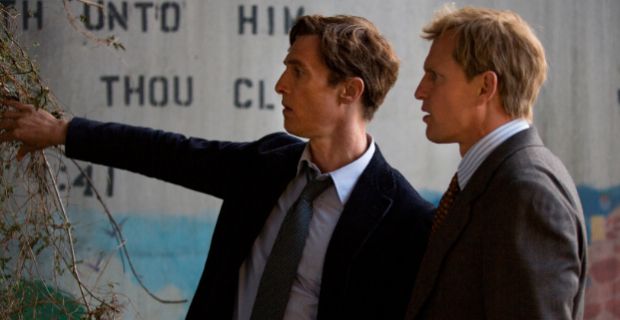
[This is a review of True Detective season 1, episode 2. There will be SPOILERS.]
–
About midway through the second episode of True Detective, it becomes clear that the series isn’t as much about reaching a particular destination as the title might suggest. There are still plenty questions regarding the whodunit aspect of Dora Lange’s murder, but in ‘Seeing Things,’ the investigation soon feels like an accompanying aspect that will be picked up later; it is the vehicle from which Nic Pizzolatto sends his characters into the study of one another and of themselves. By the time Cohle has had his third hallucination in the span of a television hour, and he and Hart are peeling overgrowth from the only standing wall of a charred church, the murder is just as much the motive for these two men to do their sworn duty, as it is for Cohle to digress into some theoretical truth-seeking.
What makes the series stand out at this early juncture, then, isn’t the ongoing search for whoever murdered Dora Lange and so diligently adorned her with antlers and the kind occult iconography – or satanic graffiti that has Louisiana’s Governor Tuttle ready to assign a special task force to the case. Instead, the prominent aspect of the series so far has been the way Cohle and Hart embody the two facets True Detective is so eager to convey – which is: a solid mixture of philosophical (bordering on wearisome) introspection, with a healthy dose of the prurient coarseness that’s only found on such pay-cable destinations.
That kind of balance is not entirely unlike the claptrap coming from Hart in his interview with Papiana and Gilbough, about how, as a detective, you have to “decompress” and “get your head right,” which, for Marty inevitably means stopping by the bar for a few drinks with some work buddies, and then heading over to his mistress’ apartment with a pair of handcuffs and a bottle of booze. According to Det. Hart: It’s for the good of the family.
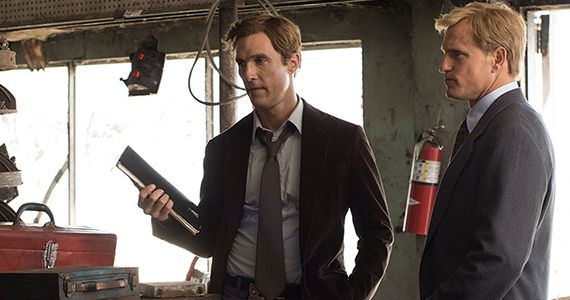
In that sense, in spite of the disparity between them, there’s something about Rust and Marty that’s the same: They both know themselves, but filter that truth in dramatically different ways; neither of which is terribly acceptable on a social level. Marty walks into work with some self-loathing to do, after an evening of doing something for the good of his family with a court reporter (Alexandra Daddario, Percy Jackson), while Rust’s penchant for brutal honesty begins to paint the darkness that follows him everywhere in an impossibly deeper shade of black. “I can do terrible things to people with impunity,“ he tells a pill-popping prostitute in one instance, and then belittles Marty’s self-serving “moment of decency” with another young prostitute, after they manage to locate the Ranch thanks to Cohle’s impeccable “eye for weakness.”
The opposing forces that are Hart and Cohle, help to keep the series and its contrasting elements in check. Deep down, though, the balance in True Detective is how it delivers its entertainment in structured doses of pulpiness that alternately reads like a dime store paperback and a senior thesis. There’s plenty of mystery yet to be solved, but there’s plenty of thinking on that subject yet to be done as well.
_______________________________________________________
True Detective continues next Sunday with ‘The Locked Room’ @9pm on HBO.
Photo: Michele K. Short/HBO
